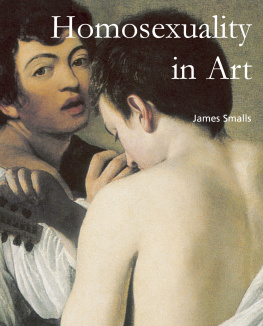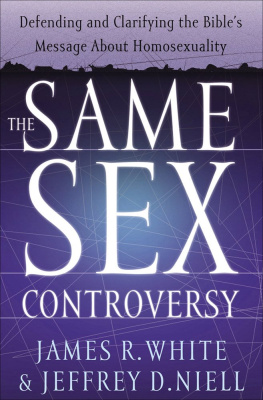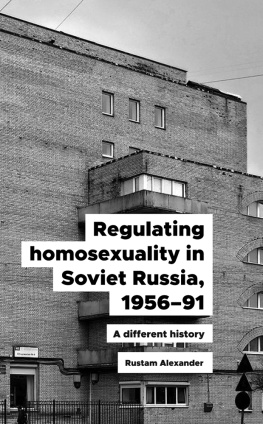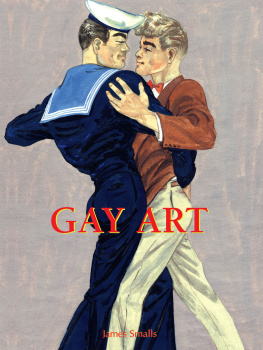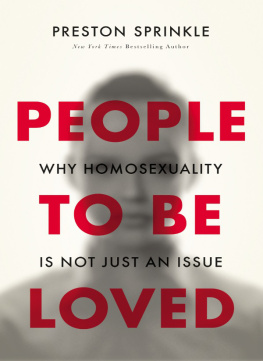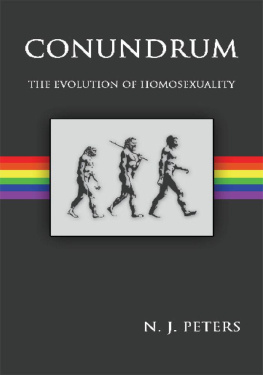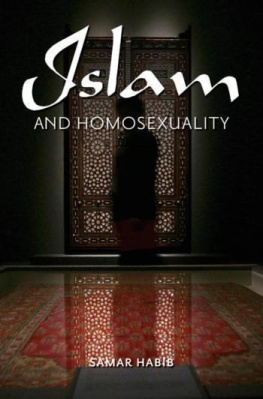Publishing Director: Jean-Paul Manzo
Text: James Smalls Design: Cdric Pontes Layout: Stphanie Angoh
Layout:
Baseline Co. Ltd
61A-63A Vo Van Tan Street
th Floor
District 3, Ho Chi Minh City
Vietnam
Centro Elisarion, ill.
Smithsonian American Art Museum, ill.
Herbert List/Magnum photo, ill.
Richmond Barth, courtesy Childs Gallery,
Jeanne-Mammen-Gesellschaft e.V.,
George Platt Lynes, II, ill.
The Estate of Francis Bacon/ARS, ill.
Under international copyright by The Tom of Finland Foundation, ill.
Andy Warhol Foundation/ARS,
Pierre Molinier, courtesy Galerie A L Enseigne des Oudin, Paris/ADAGP/ARS, ill.
Harmony Hammond, ill.
Robert Mapplethorpe/Michael Van Horne, ill.
Pierre et Gilles. courtesy Jerome de Noirmont, Paris, ill.
David Wojnarowicz/P.P.O.W., New York,
George and Helen Segal Foundation/VAGA,
Catherine Opie. Courtesy Regen Projects, Los Angeles,
Mardsen Hartley, Art Museum, University of Minnesota, Minneapolis,
Ajamu, ill.
Rotimi Fani Kayode/Autograph, Association of Black Photographers, ill.
Sunil Gupta,
Nan Goldin, ill.
Tee Corinne,
ARS, ill.
Confidential Concepts, worldwide, USA
Parkstone Press International, New York, USA
Image-Bar www.image-bar.com
ISBN : 978-1-78310-727-8
All rights reserved. No part of this publication may be reproduced or adapted wit hout the permission of the copy right holder, throughout the world.
Unless otherwise specified, copyright on the works reproduced lies with the respective photographers. Despite intensive research, it has not always been posible to establish copyright ownership. Where this is the case we would appreciate notification.
James Smalls
Homosexuality in Art

Contents

1. Greek painting representing a couple,
480 BC. Museum of Paestum, Italy
Introduction
Art and homosexuality may seem like a strange combination, but both phenomena have been part of human history from the beginning of time, or at least from the beginning of recorded civilization. Bringing together two large concepts art and homosexuality is, nevertheless, difficult and challenging. Both categories raise a host of conceptual problems and pose a series of unresolved nagging questions.
The primary question, What is art and what purpose does it serve?, has preoccupied humankind for centuries and has yet to find a definitive answer. There exists as many views and definitions about what art is (and is not) and its significance as there are individuals in the world. In the context of Homosexuality in Art, I am using the term art in a broad sense as human creation and communication within a visual field. Although the majority of the images here were produced in traditional media such as painting, sculpture, graphics, and photography, art would also include images and forms of production associated with, for example, popular culture, advertising, film, performance, conceptualism, computer-generated imagery, etc. Ultimately, it is up to the reader of this book to decide what to accept or reject as art.
Unlike art, the other term in this book s title, homosexuality, can be defined more specifically. Homosexuality and its emotional aspects have existed in all cultures and in all time periods long before the invention of the term. It is and always has been one aspect of the very complex domain of human sexuality. The way homosexual love and sensibilities are visually expressed is often a reflection of the status of homosexuals themselves within their particular cultures. These images are an indication of either the degree of tolerance in those societies, or the sign of an increasingly restrictive prejudice fostered by traditions and religion.
Before 1869, the words homosexuality and heterosexuality did not exist. The former was coined and first put into use by the GermanHungarian writer and translator Karl Maria Kertbeny (18241882). He also invented the latter term in 1880. Kertbenys purpose for using the word homosexuality was in response to an article of the Prussian penal code that criminalized sexual relations between men. Kertbeny wanted the article omitted, but was unsuccessful. The code became part of Prussian law in 1871 and was upheld and then strengthened by the Nazis in 1935, and retained by West Germany until 1969 (Haggerty, 451). Kertbeny had his own specific views on human sexuality. Although there may have never existed a coherent theory of homosexuality for him, he did divide homosexuals into specific categories: those who are active, passive, and Platonists or those who love the company of their own sex without wanting to have sex with them. The designation homosexuality, then, started out as a term of sympathy and political activism to change a repressive law. However, over the years the word evolved into a concept that came to describe an individuals sexual preference. The word and its evolving concept took some time to enter into European languages and thought patterns.
In the 1880s, Kertbenys catchy new term attracted the attention of Richard von Krafft-Ebing, a noted sexologist who used the word in his vastly popular 188687 Psychopathia Sexualis, a massive encyclopedia of sexual deviance. It was through this and subsequent work by noted sexologists of the late nineteenth century that the term homosexuality acquired its medical and clinical connotations. Sexology refers to the study of human sexual behavior before the codifications of modern psychology and psychoanalysis generated by the thoughts and writings of Sigmund Freud. (see Gregory W Bredbeck, Sexology, in Haggerty, 794) It was not until the 1950s that homosexuality entered popular English and American usage, largely as a result of the Kinsey reports of 1948. Alfred Kinsey (18941956) was an American sex researcher whose scientific data on human sexuality challenged the prevailing notion that homosexuality was a mental illness.
As a concept, homosexuality encompasses a variety of conflicting ideas about gender and same-sex sexual attraction. Its broad range of possible meanings is what makes it such an irresistible, powerful, and ambiguous term nowadays. In its modern sense, homosexuality is at once a psychological condition, an erotic desire, and a sexual practice. (David Halperin, Homosexuality, in Haggerty, 452) All three senses can and are expressed in artistic or aestheticized form. Homosexuality or, to employ a term of more recent invention, the homoerotic, can be understood as an actual or potential element in everyones experience, whatever the sexual orientation of the individual. The homosexual and the homoerotic frequently overlap but are not necessarily the same. Many of the images in this book might be classified as homoerotic rather than homosexual. Homosexual and homoerotic differ only in the root meanings of the terms sexual and erotic. Whereas sexual encompasses the physical act of sex, erotic is a concept that incorporates a range of ideas and feelings around same-sex wants, needs, and desires. It does not always culminate in the sexual act. The homoerotic, unlike the homosexual, legitimates erotic desire between members of the same sex by placing that sentiment in a context which rationalizes itsuch as classicism, military battle, athletic activities, etc). Thus, in many situations the homoerotic is veiled and perceived as nontransgressive behavior. Whereas all homosexuals experience homoerotic desire, not all who experience and, indeed, appreciate homoerotic desire are necessarily homosexuals. The homoerotic can sometimes be a frightening prospect for some heterosexuals to such a degree that it sometimes incites virulent homophobic responses. The homoerotic is also linked to the more recent idea of the homosocial. Male homosociality refers to all-male groups or environments and is a means by which men construct their identities and consolidate their privilege and social power as males usually through and at the expense of women (see Eve Sedgwick,
Next page
